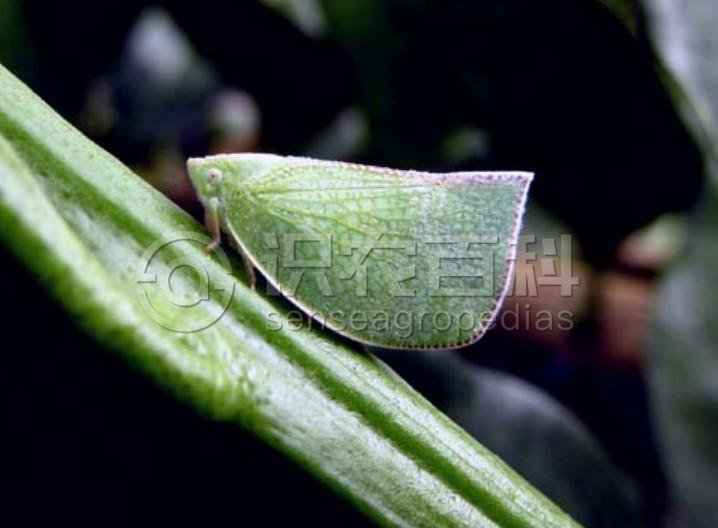
[Harmful symptoms]
Adults and nymphs suck the sap of the host plant branches, stems and leaves, and in severe cases, the branches and leaves are covered with white wax, resulting in the weakening of the tree.
[Prevention and control methods]
(1) Agricultural control: through pruning, the citrus orchard is ventilated and transparent, destroying its growth and reproduction sites; timely pruning of egg branches and burning them in a concentrated manner; nymphs are swept away with brooms during the blooming period of nymphs, and chickens and ducks are released to peck. (2) Physical control: the adult stage can be booby-trapped with yellow plates. (3) Biological control: it can be sprayed with a white stiff dilution containing 8 million spores per milliliter. (4) Chemical control: spraying insecticide should be mastered in the nymph bloom period, and combined with ground spraying. Optional 15% indicosyl emulsion 2500-3500 times liquid, 22% thiamethoxine. High efficiency cypermethrin 4500 times, 10% cypermethrin emulsion 3500 times, 10% bifenthrin emulsion 3500 times liquid, 480g/L chlorpyrifos suspension 1000-2000 times, 20% cypermethrin emulsion 3000 times liquid, etc.
[Morphological characteristics]
The adult morphology is similar to that of the wax cicada, with a body length of 7 mm, a wingspan of 21 mm, yellow-green, short apex, slightly protruding forward, lateral margin ridge-like brown; forehead is longer than wide; compound eyes are black brown, single-eyed yellow; the dorsal plate of the anterior thorax is short, the dorsal plate of the middle thorax is long, with 3 parallel longitudinal ridges and 2 pale brown longitudinal bands; the abdomen is light yellowish brown, covered with white powder; the forewings are broad, the outer edge is straight, the wing veins are yellow, the veins are densely reticulated, the red fine lines extend around the apical horn through the outer edge to the end of the hindquarter claws; the hindwings are grayish white, the wing veins are yellowish brown; and the tibial segments and tarsal segments are slightly darker At rest, the wings are often folded vertically into a roof ridge. Ovoid spindle-shaped, 1 mm long, milky white. When the nymph is mature, the body is 8 mm long, long, flattened, the abdomen is truncated, green, and the whole body is covered with white cotton flocculent wax powder, and the abdomen is attached with a long white cotton wax filament.
[Life Habits]
Most areas occur once a year, where eggs overwinter in the follicles of dead branches. Hatching in early and mid-May of the following year, nymphs are scattered, sucking the sap of the host plant and secreting white wax. From July to August, the nymphs mature, feather into adults, continue to be pests, and by September the fertilized female adults lay eggs on the surface of small branches and xylem.